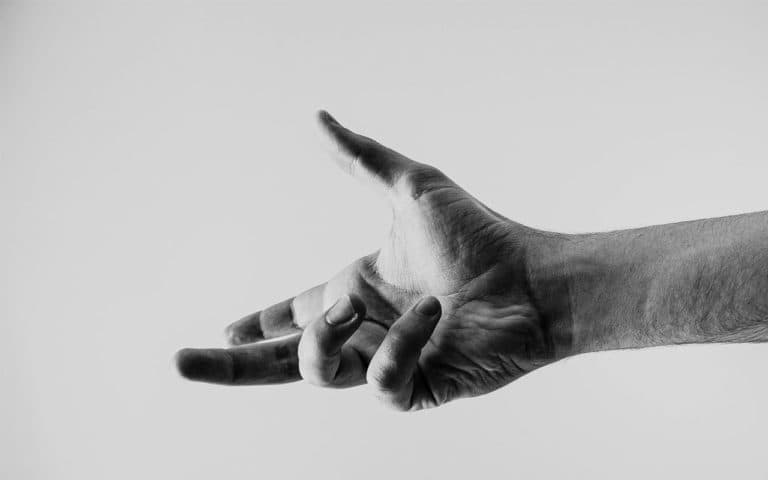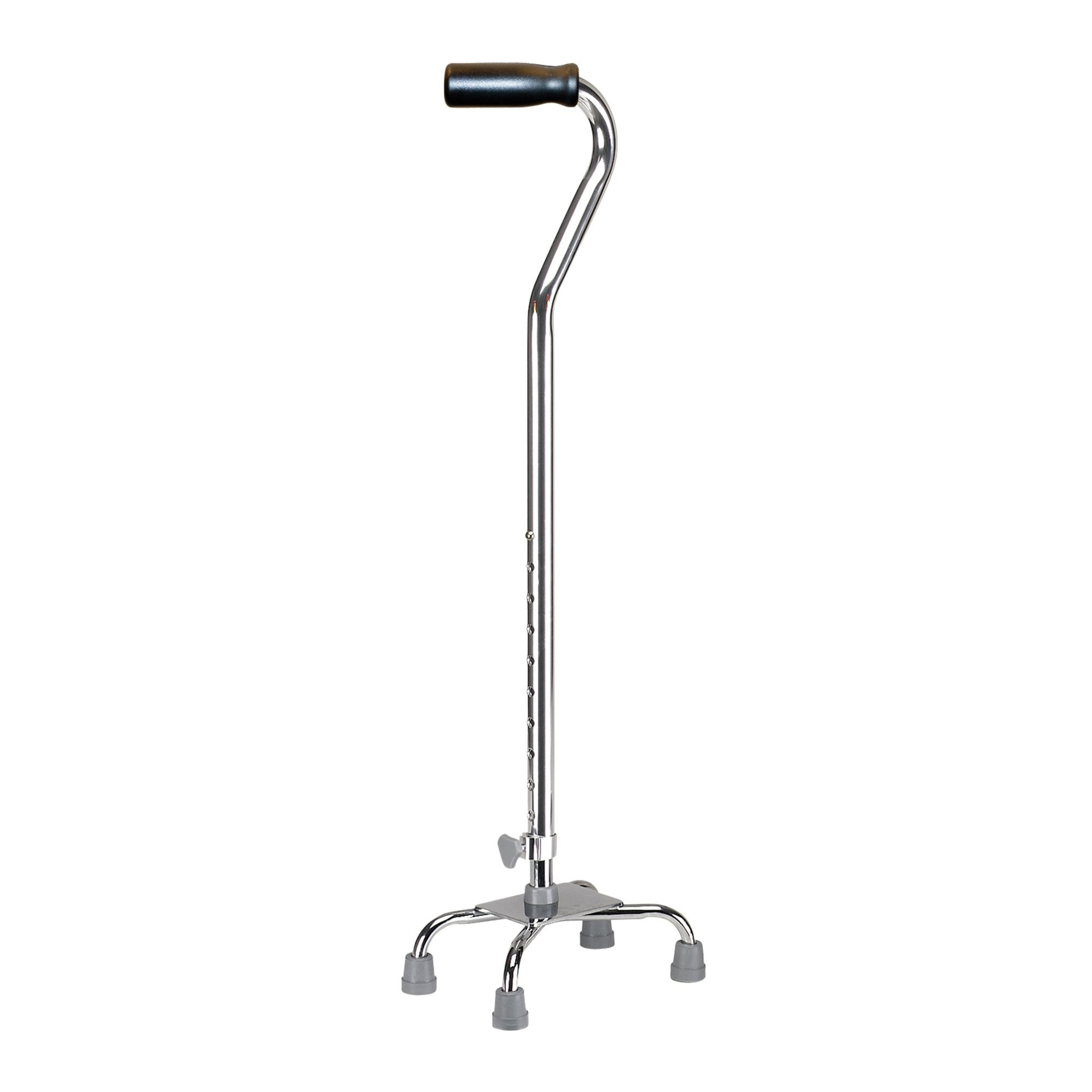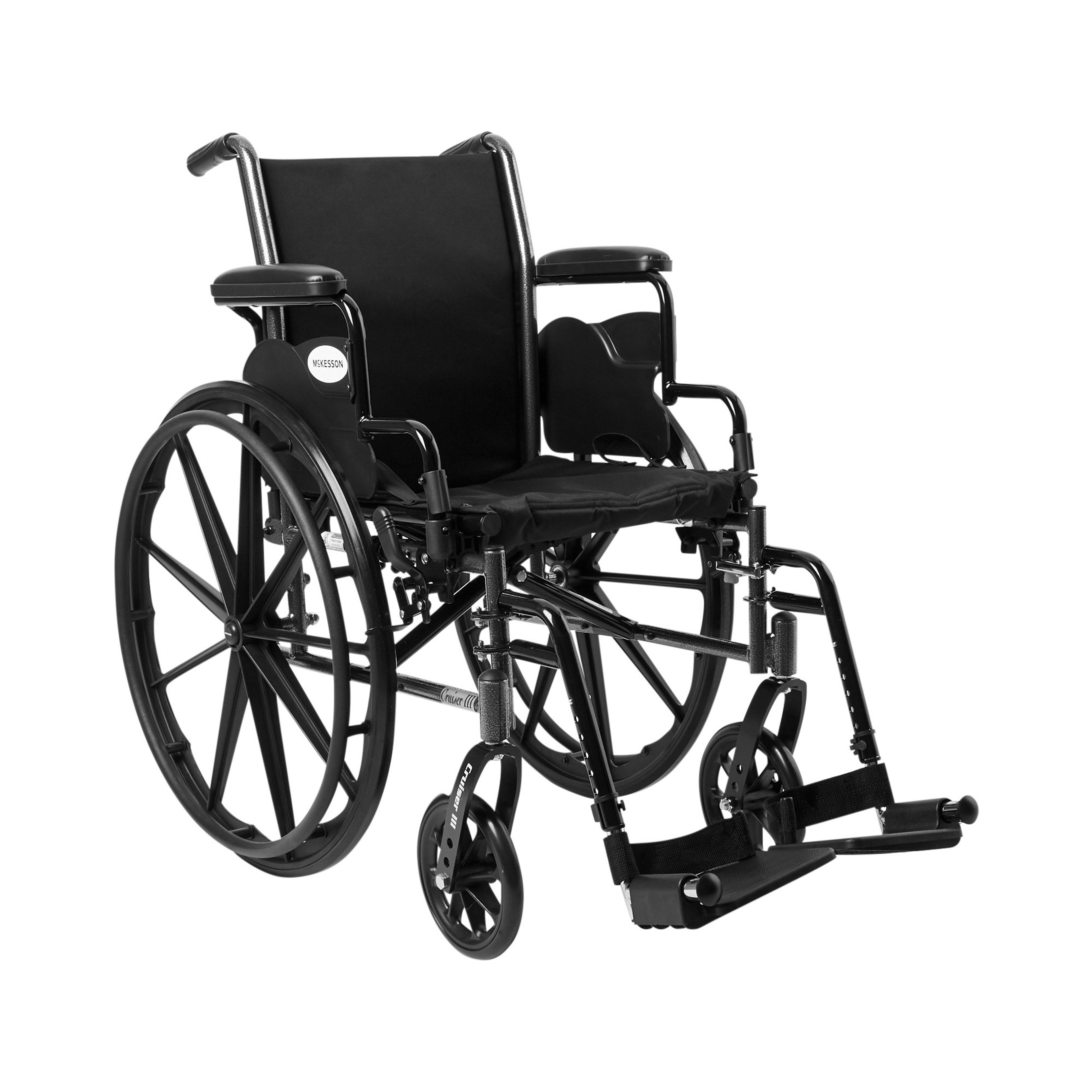Arthritis is a rheumatic disease characterized by joint stiffness and inflammation. It can affect any joint in the body and impacts more than 50 million Americans of all ages. While there's no cure for arthritis, many types respond well to conservative treatments like lifestyle adjustments, over-the-counter medications, and behavioral changes.
Common types of arthritis
There are over 100 types of arthritis, but some are more prevalent than others. Here are three you should know about:
Osteoarthritis: Often called "wear-and-tear" arthritis, osteoarthritis occurs when the cartilage—a soft, cushion-like substance that pads your joints—breaks down. Without this protective barrier, bones rub directly against each other, leading to stiffness and pain.
Rheumatoid Arthritis: This is an autoimmune disease where your body's immune system mistakenly attacks the synovium, the lining of your joints. Over time, this causes inflammation, mobility issues, and in severe cases, joint deformity.
Gout: Gout develops when there's an excess of uric acid in your blood. This leads to the formation of uric acid deposits in your joints, which can cause intense pain, redness, and swelling as they grow.
Recognizing arthritis symptoms
All types of arthritis affect the joints—the points where two or more bones meet. Common symptoms include:
Left unaddressed, arthritis can hinder your ability to work, exercise, or perform everyday tasks. Early intervention and consistent monitoring can dramatically enhance your quality of life.
Essential items for your arthritis care kit
An arthritis care kit should contain basic items that can quickly alleviate uncomfortable symptoms like joint pain, no matter where they occur. Since flare-ups are unpredictable, it's crucial to be prepared. We recommend including the following:
Compression garments
Made from materials like nylon or elastane, compression garments fit snugly around the body. They improve circulation to your muscles and joints, which helps reduce the swelling and pain associated with arthritis. You can find various compression garments, including gloves, socks, leggings, and shirts.
Medications with "Easy Open" Caps
Arthritis can make fine motor tasks, like opening medication bottles, challenging. Many drug manufacturers now offer bottles with "Easy Open" caps that are comfortable to grip and easy to turn, even with swollen or stiff joints. If you manage multiple medications, consider an "Easy Open" daily pill organizer.
Mobility Devices
Mobility devices make it easier to stand, walk, or climb stairs. There are several types, each with unique advantages. Consider your strength, balance, and fitness level to determine which will best suit your needs.
Canes: If you struggle with balance or have a condition that weakens one side of your body, a cane can provide beneficial support.
Walkers & Rollators: If you feel unsteady on your feet, a walker can offer stability and ease movement.
Wheelchairs: If you or your loved one have a severe case of arthritis or need a joint replacement procedure, consider a wheelchair. There are both electric and manual options.
Stairlifts: For homes with multiple floors, a stairlift can reduce strain on your knees and hips, and help prevent falls.
Topical medications
Topical medications are ointments, gels, or lotions applied directly to the skin. Dozens are designed for arthritis relief, falling into four main categories:
Capsaicin: This chemical, found in chili peppers, works by depleting nerve cells of the substance responsible for sending pain signals to your brain.
Salicylates: Containing salicylic acid (the active ingredient in aspirin), these topicals reduce pain and inflammation.
Counterirritants: Ingredients like menthol or camphor create hot or cold sensations that can distract from or override arthritis pain and swelling.
Anesthetics: These contain numbing agents like lidocaine and come in creams, gels, and patches to reduce pain.
Items for Hot and Cold Therapy
Alternating between hot and cold therapy is a simple yet effective way to reduce arthritis pain. Applying heat (like a hot bath or heating pad) dilates blood vessels, improving circulation and easing muscle spasms. Conversely, ice constricts blood vessels, reducing swelling and inflammation.
Useful tools for hot and cold therapy include:
Hot water bottle
Heating pad
Ice pack
Bag of frozen vegetables
Bathroom Aids
Arthritis can make daily tasks like bathing, brushing teeth, and hair care challenging. Here are some solutions to make them easier:
Electric Toothbrush: These do the scrubbing for you and often have larger, easier-to-grip handles compared to traditional manual toothbrushes.
Hairbrush Hacks: If holding a traditional hairbrush is painful, wrap the handle in fabric for a softer grip. Handle-less brushes are also available to reduce pressure on finger and wrist joints.
Bathing Aids: Foot and ankle arthritis can make standing for extended periods difficult. A shower seat or bath bench can make bathing more comfortable and reduce fall risks. Consider installing handrails inside the shower and next to the toilet for added safety.
By assembling an at-home care kit with these arthritis aids, you can better manage your symptoms. To further complement your efforts, check out these joint-friendly life hacks:
Joint-Friendly Life Hacks
In the Kitchen:
Pre-line baking dishes with parchment paper to minimize dishwashing.
Use disposable plates, bowls, and silverware for easier cleanup.
Keep frequently used items at waist level to avoid bending or reaching.
Meal prep once a week to reduce daily cutting, chopping, and stirring.
Order groceries online for pickup or delivery.
Around the House:
Get a comfy robe to avoid towel drying after a shower or bath.
Transfer products in large bottles (like white vinegar or laundry detergent) into smaller, easier-to-carry containers.
Wear jewelry that doesn't pinch your fingers, neck, or wrists. Think long necklaces, magnetic clasps, or omega-back earrings.
Dress warmly. Cold joints tend to be stiffer and harder to move.
Use hangers instead of folding clothes.
Remove clothing from the washer or dryer with tongs to avoid bending over.
Miscellaneous Tips:
Keep an extra cane or walker in your car.
Consider a horizontal wall garden instead of a traditional one to eliminate bending.
Don’t overdo it. Rest and keep weight off painful areas.
Questions About Arthritis Relief Products?
If you have any questions about products for arthritis relief, our friendly Care Team is here to help. Call us at (800) 696-CARE or send a message to support@carewell.com.









